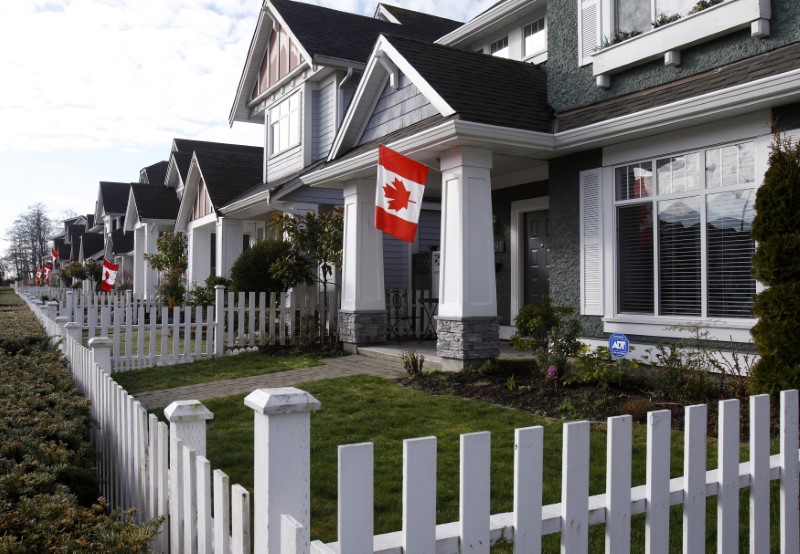Toronto Region real estate in 2023 was marked by tightened affordability and sluggish market conditions. As many were priced out of the resale market, emphasis was placed on the rental market. This challenging landscape was characterized by high mortgage rates and stringent federal mortgage qualification standards, leading to fewer than 70,000 homes trading hands in 2023, a decrease from the 75,140 reported in 2022 by the Toronto Regional Real Estate Board.
This content was originally published on Zoocasa. View original content and infographics here.
Year-over-year, December had a soft landing with a decrease in new listings, however, inventory has increased from previous years’ record lows as properties are taking longer to sell, averaging 49 property days on market. In the current landscape, buyers have been afforded time to make decisions and more inventory to choose from.
“Buyers who were active in the market benefitted from more choice throughout 2023. This allowed many of these buyers to negotiate lower selling prices, alleviating some of the impact of higher borrowing costs. Assuming borrowing costs trend lower this year, look for tighter market conditions to prompt renewed price growth in the months ahead,” said Toronto Regional Real Estate Board (TRREB) Chief Market Analyst Jason Mercer.
The Contrast of Growing Demand and Slowing Sales in Toronto
Toronto Region home sales declined 12.1% in 2023, totaling 65,982 transactions at an average price of $1,126,604, down 5.4% from the 2022 average price. Meanwhile, the Toronto Region population is growing and is expected to reach 10.2 million residents by 2046, an increase of 47% according to Ontario.ca.
This points to a larger problem of affordability. Demand should grow along with the population and if borrowing rates improve, this may be the direction we move in 2024. “High borrowing costs coupled with unrealistic federal mortgage qualification standards resulted in an unaffordable home ownership market for many households in 2023. With that said, relief seems to be on the horizon. Borrowing costs are expected to trend lower in 2024. Lower mortgage rates coupled with a relatively resilient economy should see a rebound in home sales this year,” explains TRREB President Jennifer Pearce explains.
Toronto Region’s Real Estate Trajectory
Many are unsure of what to expect in this year’s real estate market and ultimately, market conditions will depend on affordability. In the fall of 2023, we surveyed more than 1,600 Zoocasa readers. 23.3% of respondents agreed that the pause in interest rate increases has had a positive impact on their interest in the real estate market while 16.1% strongly disagreed that the pause had a positive impact. This suggests it’s going to take more than just a pause from the Bank of Canada to get homebuyers off the sidelines.
Month-over-month, the average price for the Toronto Region has remained relatively flat at $1,084,692, increasing by just 0.23%. It’s typical for home prices to trend downwards in the winter months before the peak season in the spring. In 2022, the national average home price peaked in March at $855,800 and reached the bottom in December at $705,600. However, Lauren Haw, Zoocasa’s Broker of Record & Industry Relations Officer predicts that we haven’t hit bottom yet, “Once that bottom is hit and prices start to go back up, it will be a rapid ascent to the top as the latent demand for housing in urban cores race to get back in before prices peak again.”
Market conditions vary across the GTA. For example, in December, the average price in Mississauga declined by 4.2% month-over-month, while in Oakville, it increased 3.7%.
